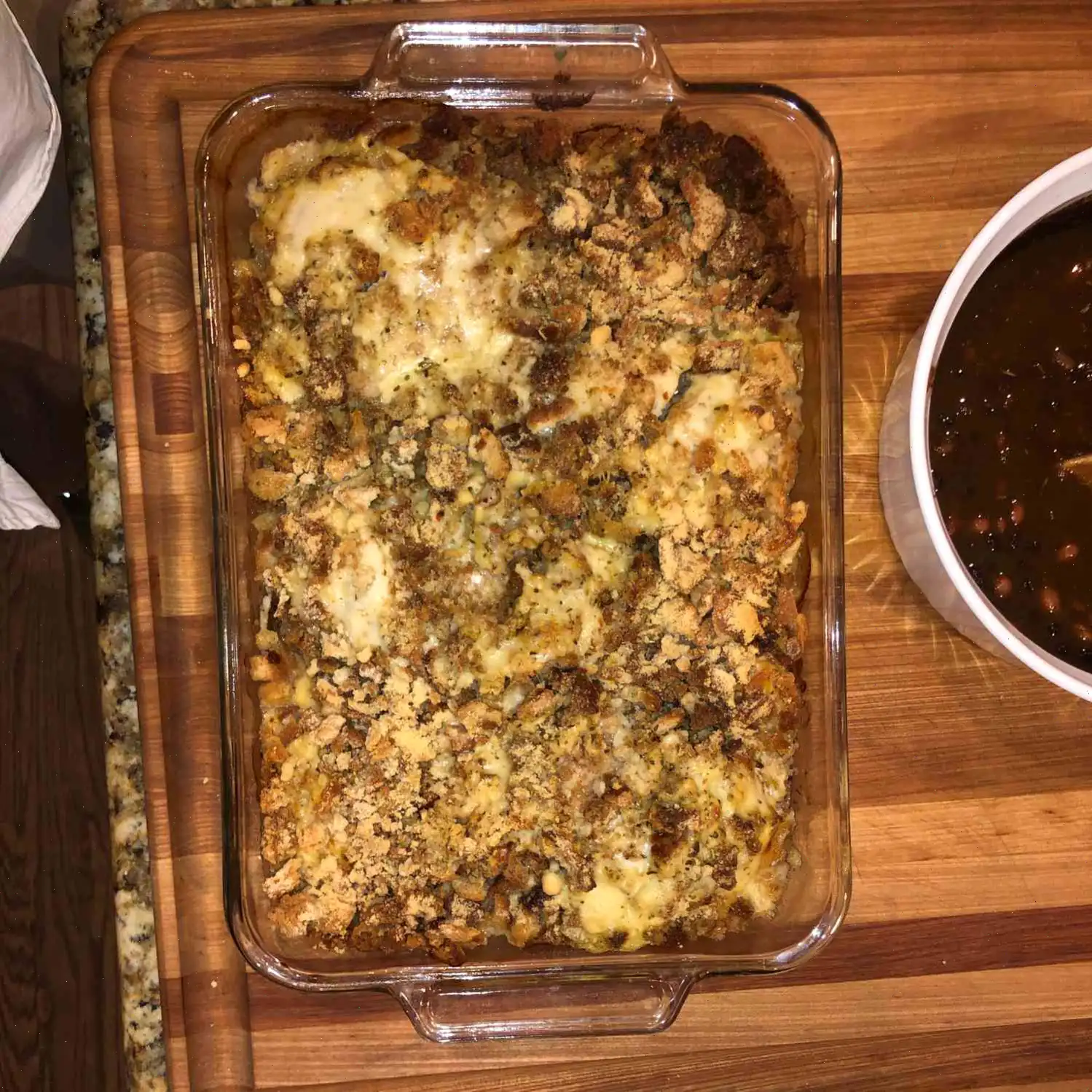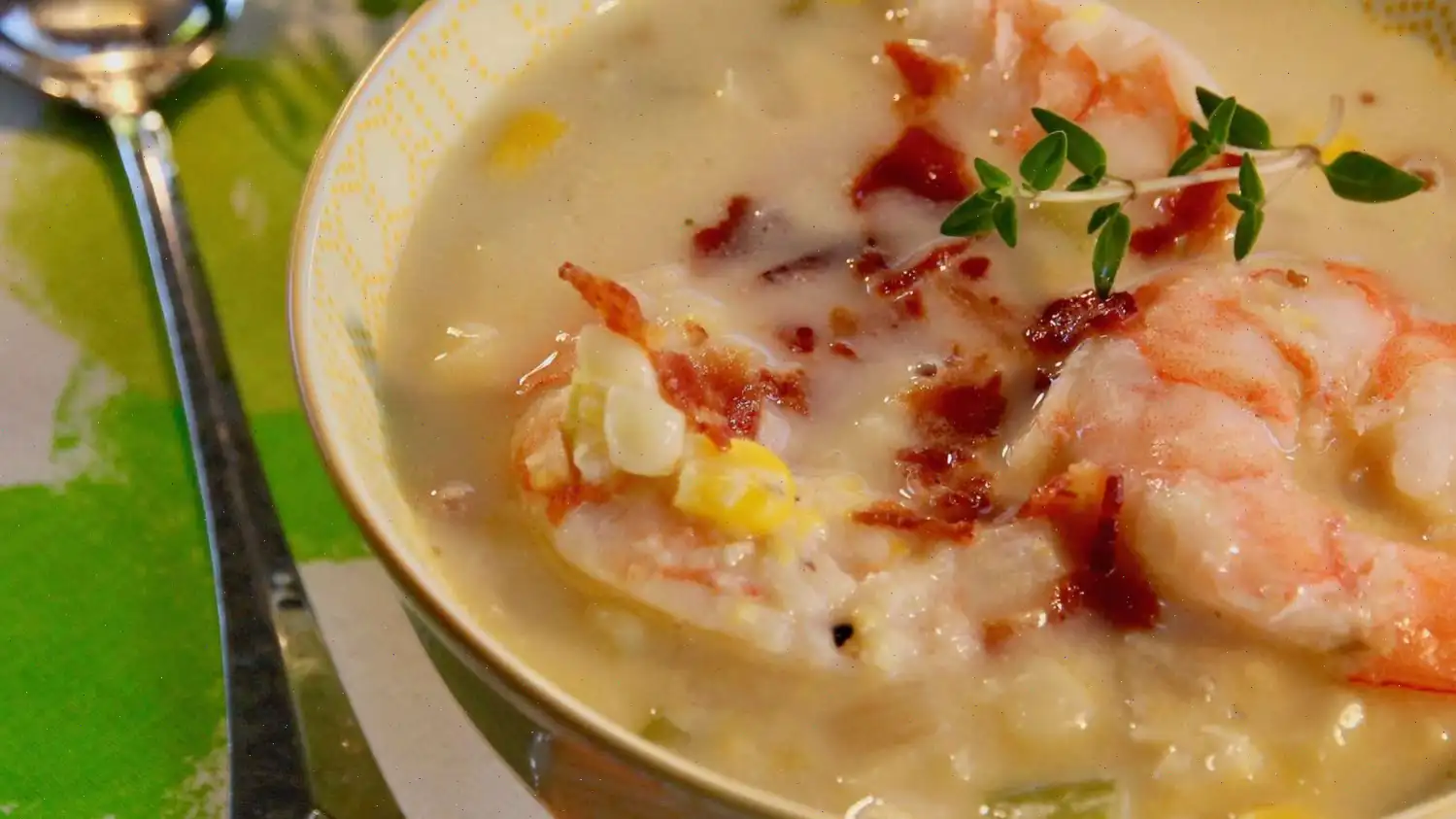
Apple Cider Pork Tenderloin With Sweet Potatoes Recipe
Ingredients
- 1/2 teaspoon granulated garlic
- 1/2 teaspoon salt
- 1/4 teaspoon freshly ground black pepper
- 1/2 teaspoon dried thyme
- 1 teaspoon smoked paprika
- 1 (1 pound) pork tenderloin, silver skin removed
- 2 Fuji apples (or other firm cooking apples), cored and cut into eighths
- 1 red onion, cut into 1-inch pieces
- 1 white-fleshed sweet potato, peeled and cut into 1-inch pieces
- 4 tablespoons unsalted butter, divided
For the Glaze
- 2 cups apple cider
- 1 tablespoon red wine vinegar
- 2 tablespoons Dijon mustard
- Fresh thyme sprigs for garnish (optional)
Directions
- Preheat the oven to 425F (220C) and line a sheet pan with parchment paper.
- In a small bowl, combine garlic, salt, pepper, thyme, and smoked paprika. Mix well.
- Pat the tenderloin dry with paper towels, then coat all sides with half of the seasoning mixture. Rub it in using your fingertips. Let the seasoned tenderloin sit at room temperature while preparing the other ingredients.
- In a bowl, combine the apples, red onion, and sweet potato. Sprinkle with the remaining seasoning mixture and stir to coat evenly.
- Melt 2 tablespoons of butter and pour it over the seasoned vegetable and apple mixture. Toss to coat evenly. Spread the mixture in a single layer on the prepared baking sheet.
- Roast the apple mixture in the oven, uncovered, for about 10 minutes.
- Meanwhile, heat the remaining butter in a large skillet over medium-high heat. Once the butter stops sizzling, add the tenderloin and brown it on all sides, approximately 2 to 3 minutes per side.
- Transfer the browned tenderloin to the center of the sheet pan with the apple mixture. Return the pan to the oven and roast for another 10 to 15 minutes while preparing the glaze.
- For the glaze: In the same skillet, add the apple cider, red wine vinegar, and Dijon mustard. Increase the heat to medium-high and bring to a full boil. Allow the mixture to reduce to about 1 cup, stirring occasionally.
- Spoon the glaze generously over the pork tenderloin and apple mixture, then continue roasting until the internal temperature of the thickest part of the pork reaches 140F (60C), approximately 5 to 10 more minutes.
- Remove the pan from the oven and tent the tenderloin with foil. Let it rest for about 5 minutes. The residual heat will bring the pork to an internal temperature of 145F (63C).
- Slice the pork into 1/2-inch thick slices, garnish with fresh thyme, and serve with the roasted vegetables and apples.
Nutrition Facts
Per serving:
- Calories: 431
- Fat: 17g
- Carbs: 38g
- Protein: 31g
Nutritional Information
| Nutrient | Amount | % Daily Value |
|---|---|---|
| Total Fat | 17g | 22% |
| Saturated Fat | 9g | 44% |
| Cholesterol | 113mg | 38% |
| Sodium | 551mg | 24% |
| Total Carbohydrate | 38g | 14% |
| Dietary Fiber | 4g | 15% |
| Total Sugars | 26g | - |
| Protein | 31g | 63% |
| Vitamin C | 55mg | 61% |
| Calcium | 53mg | 4% |
| Iron | 2mg | 13% |
| Potassium | 917mg | 20% |
Servings Per Recipe: 4
The Story Behind Apple Cider Pork Tenderloin With Sweet Potatoes
The Apple Cider Pork Tenderloin with Sweet Potatoes is a modern American dish that reflects the countrys deep-rooted love for seasonal flavors. Its origin is tied to the harvest season, when apples and sweet potatoes are plentiful in the fall. Combining the tart sweetness of apple cider with the delicate flavor of pork tenderloin creates a harmony of tastes that feels both comforting and sophisticated. While the exact creator of this recipe is unknown, it likely evolved from traditional New England and Mid-Atlantic culinary practices where pork and apples have been paired for centuries.
Regional Variations
This dish showcases subtle regional differences across the United States. In the Northeast, chefs often favor sweeter apple varieties like Fuji or Honeycrisp and may add local maple syrup to enhance the glaze. Southern versions sometimes incorporate smoked paprika or a touch of cayenne for a spicier profile, while Midwestern adaptations emphasize heartier vegetables such as carrots and parsnips alongside sweet potatoes. Despite these variations, the core combination of tender pork, apple cider, and roasted root vegetables remains consistent.
How It Differs From Similar Dishes
Unlike traditional pork roast recipes, which may rely solely on savory herbs, this dish balances sweet, tangy, and smoky elements. The use of apple cider reduction as a glaze sets it apart from simpler baked pork tenderloins. While other recipes might pair pork with apples or sweet potatoes individually, the combination of both, roasted together with aromatic onions and enhanced with a mustard-apple cider glaze, creates a uniquely layered flavor that is more complex than typical pork-and-apple dishes.
Typical Serving Occasions
Apple Cider Pork Tenderloin with Sweet Potatoes is commonly served as a centerpiece for family dinners, holiday gatherings, or seasonal celebrations. Its elegant presentation makes it suitable for both casual and formal occasions. Many American households prepare this dish for autumn feasts, Thanksgiving, or Sunday dinners, often accompanied by roasted vegetables, a crisp salad, or fresh bread to complement the rich glaze.
Interesting Facts
- Apple cider has been used in cooking for centuries, both as a marinade and as a glaze, because it tenderizes meat while imparting natural sweetness.
- The pork tenderloin is the leanest cut of pork, which means cooking it with a flavorful glaze is key to keeping it juicy.
- Sweet potatoes are native to Central and South America but became a staple in American fall cuisine due to their long storage life and versatility.
- This dish cleverly balances macronutrients: the pork provides protein, sweet potatoes contribute complex carbohydrates and fiber, and the apple cider glaze adds a moderate amount of natural sugars for flavor without overwhelming the palate.
- Garnishing with fresh thyme is more than decorativeits subtle herbaceous notes enhance the sweetness of apples and the savoriness of pork.








